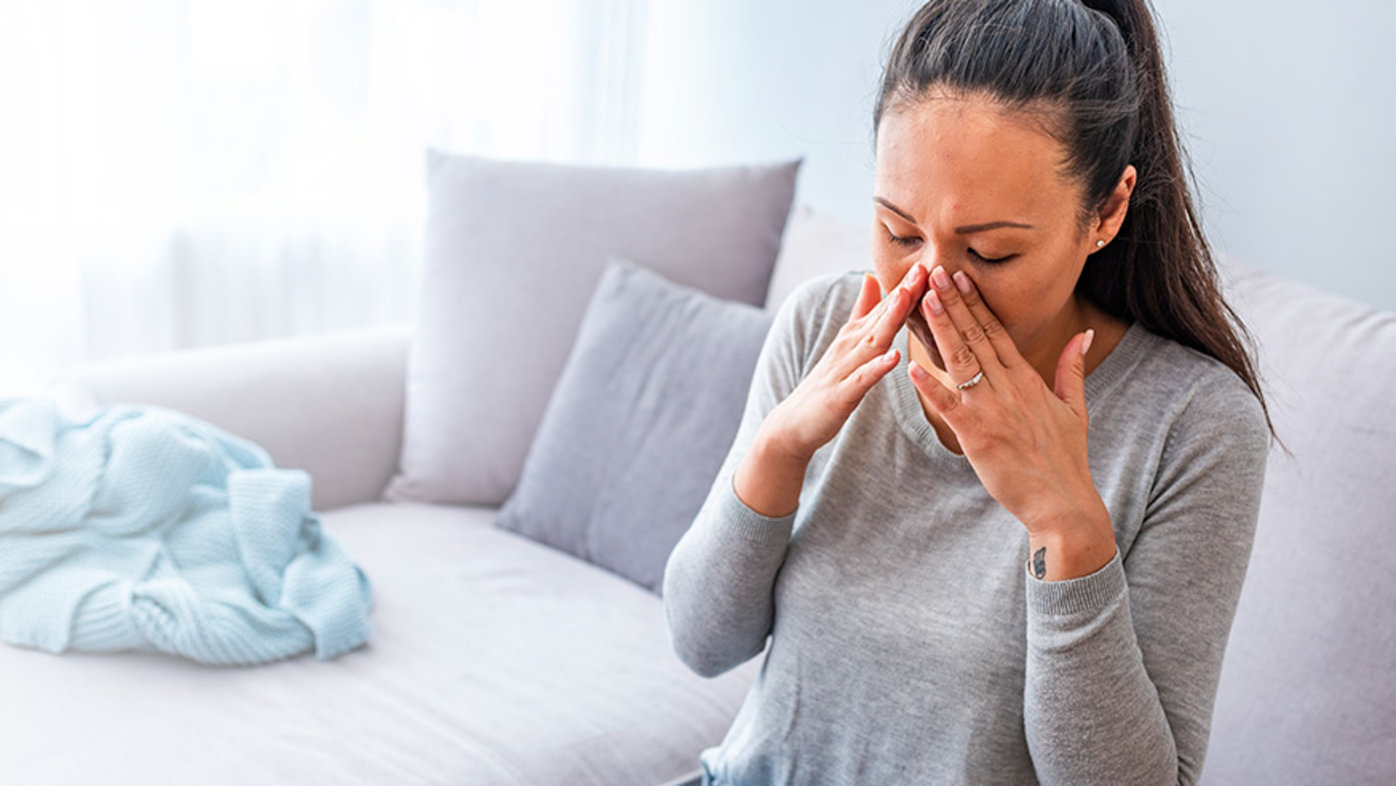
Can sinus massages relieve congestion?
A stuffy nose and clogged sinuses are no fun. But experts say sinus massage can offer congestion relief and is worth a try.
There is a lot of information — and misinformation — being shared about the role face coverings play in helping to prevent the spread of COVID-19. It’s easy to wonder which bits of information are face mask facts and what is pure mask malarkey.
But first, the most important fact: Face masks, when worn correctly, can reduce the spread of COVID-19.
And even though the Centers for Disease Control and Prevention (CDC) have recently relaxed their face mask guidance, face masks must still be worn in schools, health care settings, public transportation and in communities where COVID-19 levels are considered high. Additionally, a few pesky mask myths keep popping up. So, we’re here to bust them, once and for all.
Top 5 mask myths busted
Myth #1: You can use anything as a face covering, as long as it’s in front of your face.
Well, not really. According to the California Department of Public Health, the best face coverings for the general public are N95, KN95 or KF94 masks; disposable medical masks; or cloth face coverings with three or more layers — in that order.
Myth #2: As long as I’m covering my mouth, it’s OK if my nose is exposed so I can breathe better.
Not true. The CDC offers the following do’s and don’ts to wearing your face covering correctly:
Do:
Wash your hands before putting on your face covering.
Put it over your nose and mouth, and secure it under your chin.
Fit it snugly against the sides of your face.
Make sure you can breathe easily.
Wash your cloth face coverings after each use.
Don’t:
Don’t use or share an unwashed face covering.
Don’t put your face covering under your chin, around your neck or up on your forehead.
Don’t touch your face covering, but if you do, wash your hands or use hand sanitizer.
Myth #3: Wearing a mask is dangerous because it doesn’t allow you to get enough oxygen and causes you to breathe in too much carbon dioxide.
The World Health Organization (WHO) disagrees, saying that the prolonged use of masks can be uncomfortable, but does not lead to carbon dioxide intoxication or oxygen deficiency. Consider the fact that doctors, nurses and other health care professionals safely wear masks every day and often for several hours at a time, sometimes for eight to 10 hours.
Myth #4: If I’m wearing a mask, I don’t need to also practice social distancing.
Actually, wearing a face covering is just one of the many precautions we can take to prevent the spread of COVID-19. The County of San Diego advises that along with wearing a face covering, you and your loved ones should be doing the following:
Get vaccinated and receive a booster shot when eligible.
Practice social distancing in crowded settings.
Wash your hands often with soap and water for at least 20 seconds or use a hand sanitizer that contains at least 60% alcohol.
Avoid touching your mouth, nose and eyes with unwashed hands.
Clean and disinfect frequently touched objects and surfaces often.
Avoid close contact with people who are sick.
Stay home and isolate yourself from others if you are sick.
Myth #5: I don’t need to wear a mask when I’m outside.
Sometimes you do. Experts recommend that people over 2 years of age wear a face covering when sick and when around people who are or might be sick, especially if you are unvaccinated or at high risk for severe illness.
Learn more about COVID-19 precautions at Sharp HealthCare.
This story was updated in March 2022 to reflect updates to mask mandates.
Our weekly email brings you the latest health tips, recipes and stories.